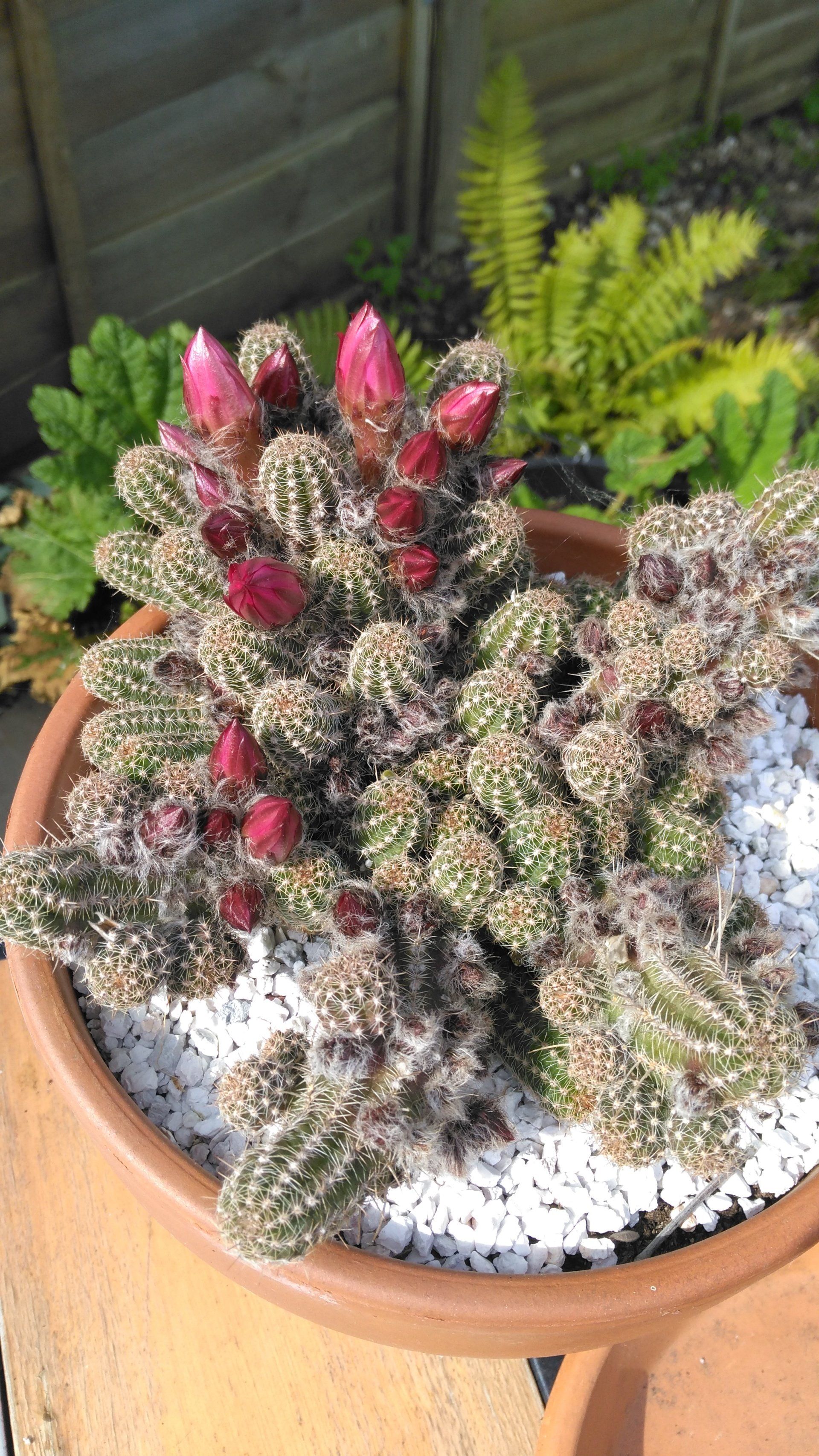Propagating Cacti by Planting Offsets
In this article we will show you how to increase the number of cacti you have by removing the offsets. The cacti in this example is a Chamaelobivia, its common name is the peanut cactus due to the stems resembling peanuts in their shells.
Step 2
Choose some suitable offsets to remove. They should be healthy and undamaged. We have chosen this round offset at the front of the photo. The best time to take these is when the plant is actively growing in the spring or summer.
Using a pair of gloves or a piece of newspaper folded over into a thick strip to protect your hands from the cactus spines when you remove the offset. Remove the offsets by using a gentle twisting motion. Twist off as many of the offsets that you want to grow on.






